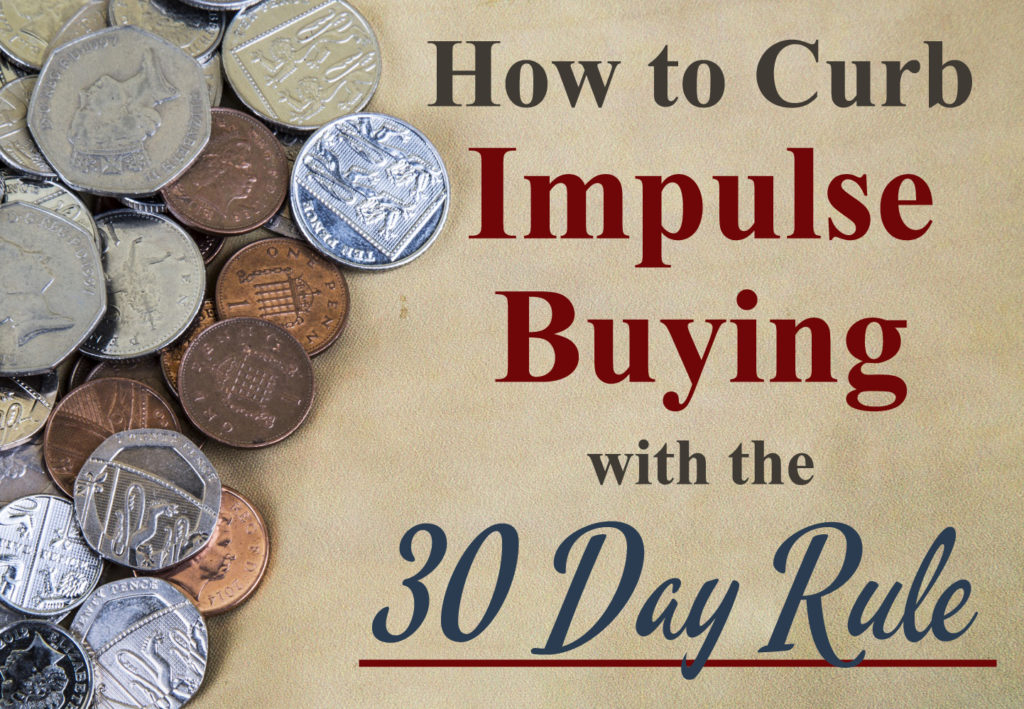
When I look back at my early 20s and reflect on what on earth happened to all that money I was making before I really had any debt to speak of, the thing that amazes me the most is how much money I blew on pointless things. I was an impulse buyer and if I saw something that I wanted, I had the tendency to purchase it right then and there, only to experience buyer’s remorse later.
If this is you, then you know how hard it can be to save money and control your finances when that money is burning a hole in your pocket. But there’s an easy way. It’s called the 30 Day Rule. Unlike most money-saving and impulse-control tips, it doesn’t rely on just going without. Instead, it’s simply delaying the gratification.
Here’s how it works:
- Identify if the item is an actual want or need. There is a huge difference, and sometimes it can be tricky when you’re caught with that new-item excitement. Take a minute and decide if it’s really 100% necessary for you to function.
- If it’s a need, buy it. If it’s a want, put it back. Just set it on the shelf and walk away.
- Make a note when you get home of what the item was, where you found it, what it cost, and the date. A lot of times, I’ll take a photo of the item on my phone or make a note so I can be sure to get the right information.
- Post that note somewhere like near a calendar or on the fridge. I have a specific spot on my wall near the calendar for these sticky notes.
- Wait 30 days, and if after that time you still want it and think it’s a good purchase, then go back and buy it. In the meantime, think about the purchase, look at the options, and weigh carefully if it’s worth the money. Would you get enough use out of it to justify the expense?
With the 30 Day Rule, you’re essentially cutting down on the instant gratification spending and making sure that anything you purchase is done with intention and thought. Following this simple rule can greatly reduce your impulse buying and you’ll be amazed at how often you get home and realize that you didn’t need the item as much as you thought you did.
On the plus side, if after 30 days you still really want it and think it’s a good investment, then you can buy it without that worry of buyer’s remorse or concern that you’re wasting your money.




